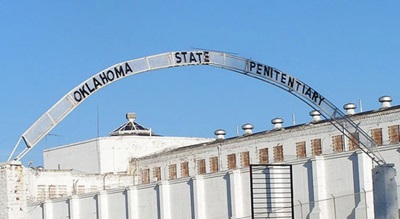Here are a few major crime prevention methods used by law enforcement agencies and policy planners in cities and counties.
Increasing surveillance
Means such as guards, alarms and security cameras deter criminals from engaging in illegal activity. The fear of being watched and monitored will make offenders go to other places that are not covered by surveillance devices. High security buildings and even residential neighborhood use these devices and report major decrease in crime rate.
Surveillance does not have to include hi-tech equipment. Street light can do a wonderful job as well. Practice has shown that in well lit places there are less burglars and less drug dealers.
Access Denial
 Criminals will be deterred from committing an offense in an area that denies them a quick escaping route. A clear example is a road with speed bumps. No one will rob a bank if he cannot drive away quickly.
Criminals will be deterred from committing an offense in an area that denies them a quick escaping route. A clear example is a road with speed bumps. No one will rob a bank if he cannot drive away quickly.
Some neighborhoods hire private security companies which build road blocks monitoring vehicles upon entering and leaving a designated area.
No reward for criminals
Making criminal acts less rewarding will reduce the incentive to commit them. Banks use this method by simply marking money bills. Once being used, the police can trace the robbers. Another example – cell phones protected by a strong password are less attractive for thieves who know that they will have to exert much effort into decrypting the password.
Increased police presence
It is obvious that more cops on the streets mean less criminals. More frequent patrols in areas more prone to criminal activity will do wonders in reducing crime rate and increasing personal security. This is how Rudy Giuliani cleaned the street of New York more than 20 years ago.
Residents patrolling the street as civil guards under the supervision of the local police department or the sheriff office are often used to complement police presence.
Further reading:
1) The National Institute of Justice – Does punishment deter crime?
2) The Columbia Law School – What role does capital punishment fill in preventing crime?








+ There are no comments
Add yours